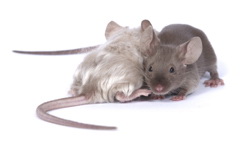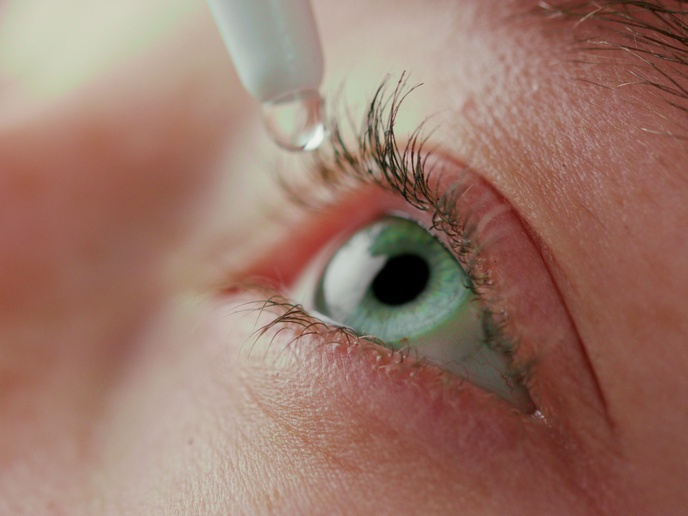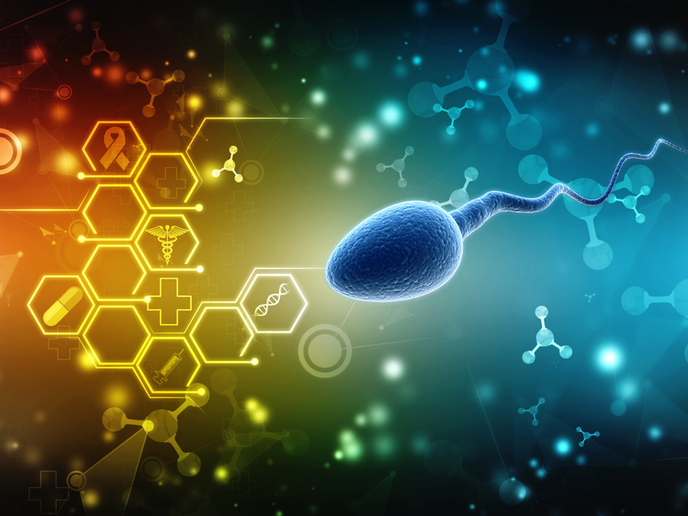Choosing a mate – not just a matter of the heart
Choice of mate is a significant driving force in the evolution of any species. In mammals, the neural mechanisms that control preference of one animal over another are still relatively unknown. Using the mouse as a model system, the project ‘The neural basis of mate choice: Which brain structures are involved in mate assessment in mice?’ (BRAIN & MATE Choice) devised a behavioural paradigm where mate choice is stable and reproducible. Project researchers used two species of inbred strains of mice, Mus musculus musculus and Mus musculus domesticus. These two subspecies normally form a narrow hybrid zone within Europe and, moreover, they show asymmetric mate preferences. Project scientists showed that musculus females prefer musculus males over domesticus. This reflects a homosubspecific (same subspecies but different population) mate preference which is stable and strengthens with time. However, mate preference does depend on male availability and adoption experiments show that it is strongly influenced by a female's early experience. For future research, the project scientists aim to investigate the neuronal basis of mate preference using the behavioural model established in the initial research period. Possible avenues are the study of mate value representation in the female brain as this model allows manipulation of the male subjective value by changing female experience or context of choice. Identity of brain regions involved in mate preference will be pursued by analysing activation of immediate early genes (IEGs) that are reliable markers of neuronal activity. The major histocompatibility complex (MHC) genes can also be manipulated to control the value of prospective 'partners', being one of the genetic bases for mate preference. Project research has made it possible to elucidate the neuronal basis for an essential decision-making process of a mammal. The data also stands to represent a firm platform for study of the intricate complexities of brain function.







